Current Research Interests
Our group focuses on both organic and inorganic materials, as well as functional organic and inorganic hybrids based on the unique assembly of multiple components. In most cases, the design and control of the structure are the keys to the high performance of these materials.
- Multi-functional nanostructured materials via self-assembly/nano-macro fabrication/3D printing for structural, functional, environmental and energy related applications
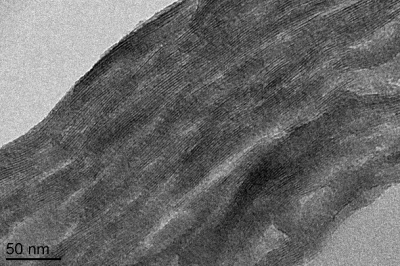
Nanocoatings containing a high concentration of well-aligned inorganic nanosheets for barrier, mechanical, and dielectric applications. (Ding, et al. Science Advances 2017, 3, e1701212)
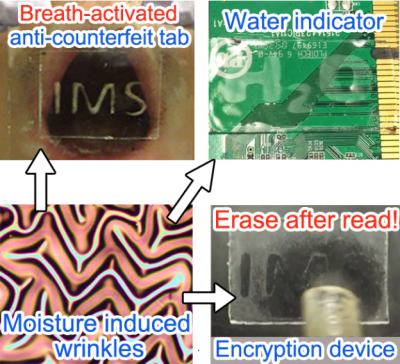
Multi-layered stimuli-responsive dynamic wrinkling system for anti-counterfeiting, encryption, and light diffusing applications. (Zeng, et al. Advanced Materials 2017, 29, 1700828)
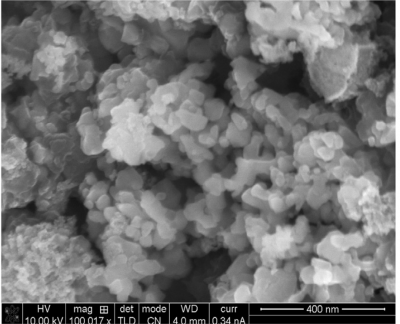
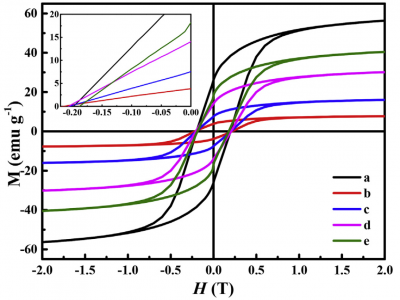
Cobalt ferrite/polyaniline nanocomposites with a large negative giant magnetoresistance at room temperature. (Gu, et al. Polymer 2018, 43, 324)
- Functional inorganic solids via solid state chemistry/physics for luminescent, dielectric, optoelectronic, electrochemical, mechanical, and barrier applications, with a focus on layered compounds (including but not limited to metal phosphates, silicates, layered double hydroxides, graphene/graphite, MXenes, perovskites, and their derivatives, etc.)
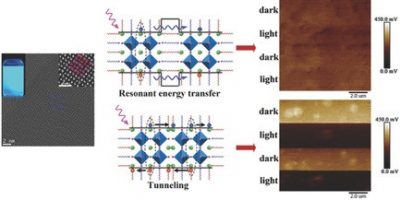
Quantum‐confined 2D CsPbBr3 nanosheets are employed to investigate their exciton dissociation behavior. Tunneling instead of resonant energy transfer as a dominant way of exciton dissociation contributes to a high charge transfer rate. (Yang, et al. Advanced Functional Materials 2018, 28, 1705908)

Stress-assisted trap model based on lattice distortion and tunneling processes for the mechanoluminescence of Sr3Al2O6: 8%Eu3+. (Wu, C. et al. Advanced Functional Materials 2018, 28, 1803168)
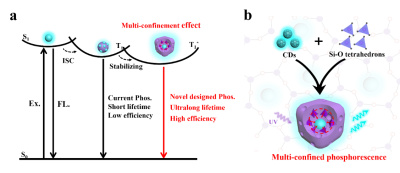
Proposed phosphorescence mechanism and design strategy of multi-confined carbon dots within Si-O tetrahedrons.
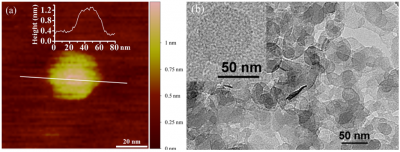
Single layer Mg2+/Al3+-LDH nanosheets with outstanding electrochemical properties via one-step one-pot synthesis. (Yu, et al. Nanoscale 2015, 7, 9448)
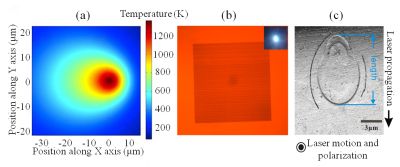
Ferroelastic β’-Dy2(MoO4)3 crystal in glass induced by femtosecond laser irradiation. (Zeng, et al. Science of Advanced Materials 2015, 7, 1843)
- Wearable electronics and soft robotics
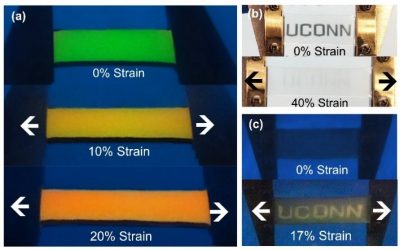
Mechanochromic thin films exhibit rapid and reversible changes in transparency, color, and patterns. (Zeng, et al. Nature Communications 2016, 7:11802)
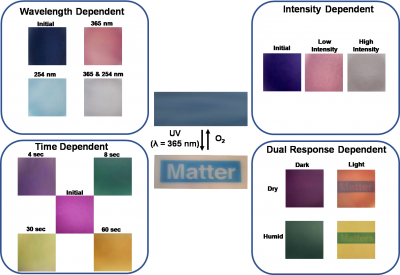
Multi-color reversible photochromisms via tunable light dependent responses (Smith, et al. Matter 2020, 2, 680)
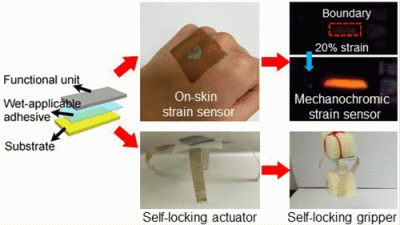
A biomimetic interface with high adhesion, tailorable modulus for on-skin sensors and low-power actuators. (Chen, S. et al. Chemistry of Materials 2019, 31, 8708)
- Polymeric materials and new polymer processing development
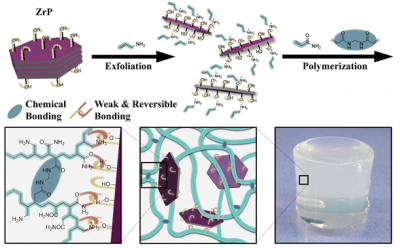
A super stretchable, compressible and fast-recovery tough hydrogel inspired by hook-and-loop fasteners.

Polylactide synthesized using an α-zirconium phosphate nanosheet-supported zinc catalyst via in situ polymerization. (ACS Applied Polymer Materials 2019, 1, 1382)
- Green science and engineering
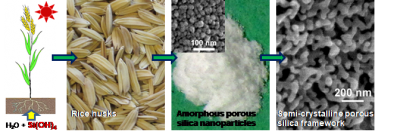
Silica nanoparticles and frameworks derived from rice husk biomass. (Wang, et al. Applied Surface Science 2019, 486, 490)
- Hydrates and porous materials for energy storage and CO2 capture
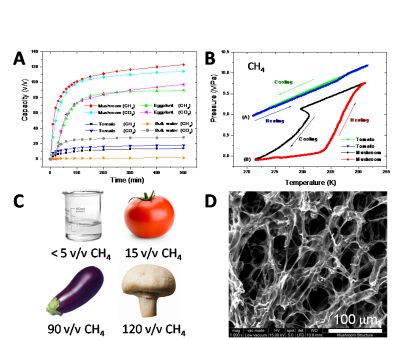
Methane and CO2 storage in renewable bioclathrates. Wang, W. et al. (Energy & Environmental Science 2013, 6, 105)